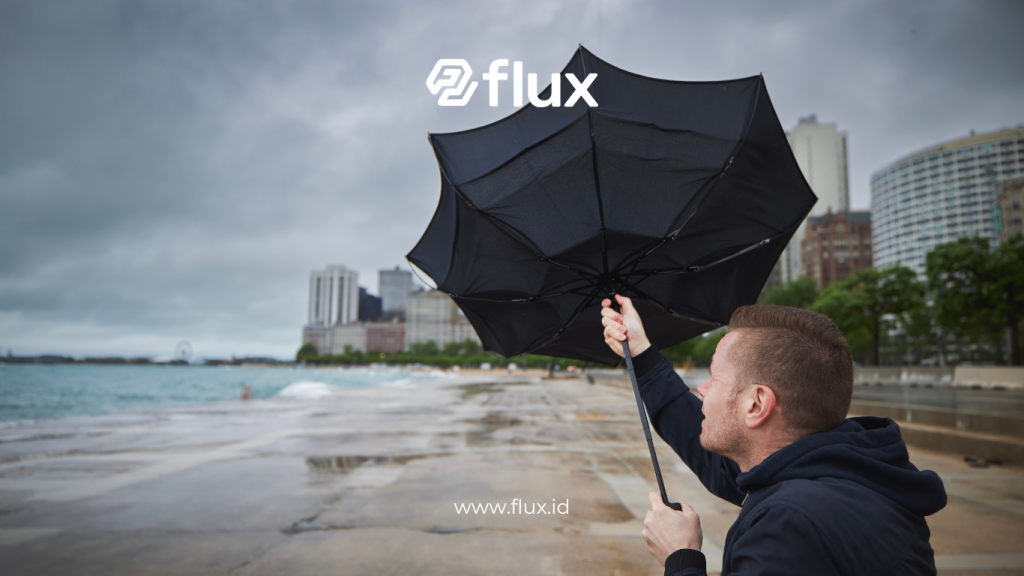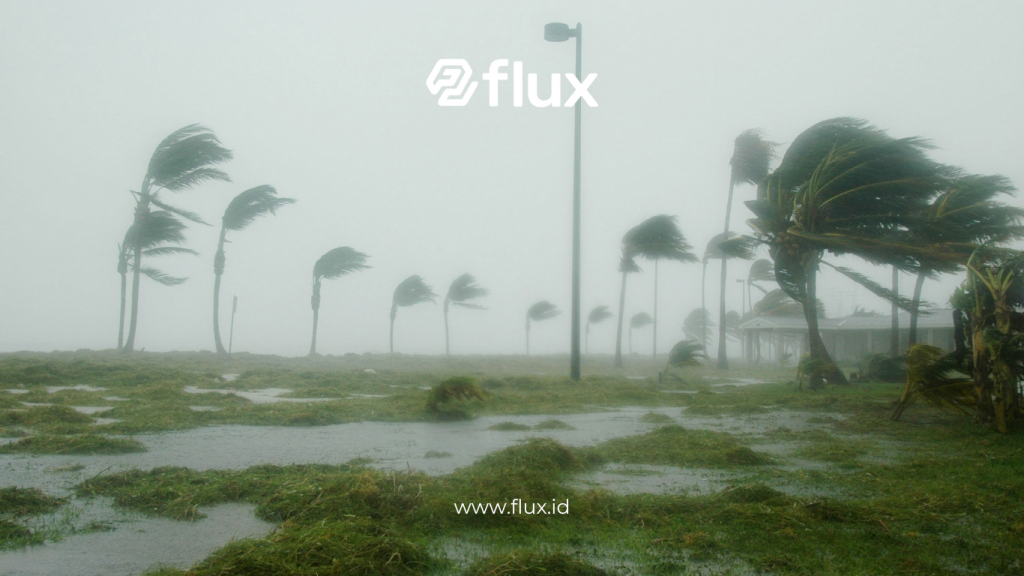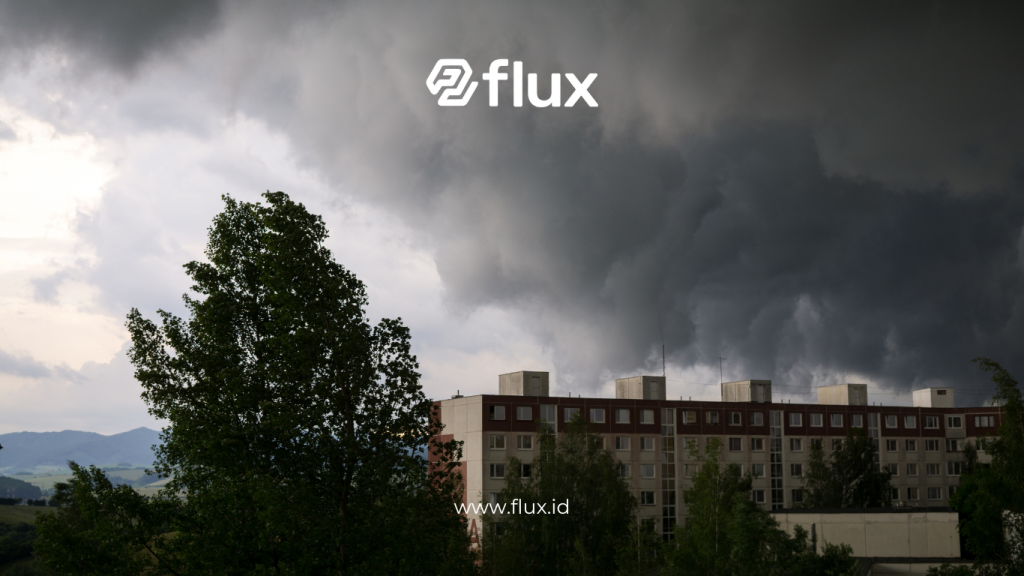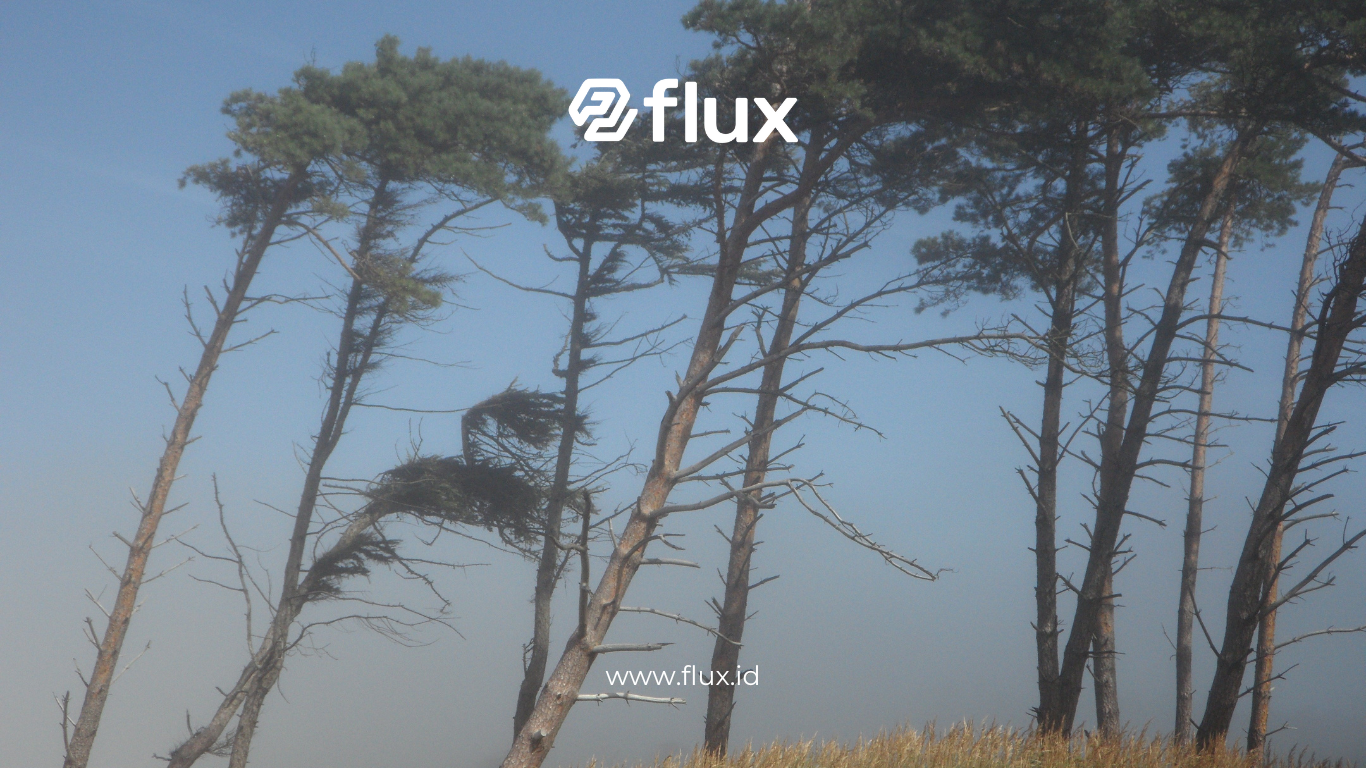Don't miss our holiday offer - 20% OFF!
Extreme weather events like storms can cause significant damage to property and the environment. Accurate monitoring and prediction are essential to mitigating risks. Internet of Things (IoT) technology has emerged as a smart solution, integrating sensors to monitor, analyze, and report weather data in real time. This article explores the role of IoT sensors in predicting storms and better preparing for extreme weather events.
Contents
- 1 The Role of IoT Technology in Extreme Weather Monitoring
- 2 Types of IoT Sensors Used for Storm Monitoring
- 3 How IoT Sensors Aid in Prediction and Mitigation
- 4 Implementation of IoT Sensors for Storm Monitoring
- 5 Challenges in Using IoT Sensors for Storm Monitoring
- 6 The Future of Storm Monitoring with IoT Technology
- 7 Conclusion
The Role of IoT Technology in Extreme Weather Monitoring

Read More: IoT Sensor Technology in Storm Monitoring: Enhancing Safety and Rapid Response to Strong Winds
1. What Are IoT Sensors for Weather Monitoring?
IoT sensors are devices that detect physical changes such as temperature, pressure, humidity, or wind direction. For storms, these sensors work by:
- Collecting Real-Time Data: Information such as atmospheric pressure and humidity.
- Connecting to Cloud Systems: To analyze data and deliver early warnings.
2. Advantages of IoT Technology
- Real-Time Monitoring: Data is transmitted instantly for analysis.
- Integration of AI and Big Data: Enhances weather prediction accuracy.
- Ease of Data Access: Information is accessible through apps or dashboards.
Types of IoT Sensors Used for Storm Monitoring
1. Barometric Sensors
Measure atmospheric pressure to detect significant changes indicating storm formation.
2. Humidity and Temperature Sensors
Monitor air conditions that can influence storm intensity.
3. IoT-Based Anemometers
Measure wind speed and direction to track storm movements.
4. IoT-Integrated Radar
Detects rainfall patterns and intensity to monitor high-risk areas.
How IoT Sensors Aid in Prediction and Mitigation

Read More: IoT Sensors for Storm and High Wind Monitoring: Advanced Technology for Early Disaster Detection
1. Early Detection
IoT sensors can identify extreme weather changes early, enabling faster preparedness.
2. Integration with Early Warning Systems
Information from IoT sensors is transmitted to early warning systems, providing notifications directly to mobile devices or local sirens.
3. AI-Based Data Analysis
Data collected is processed using AI for more precise weather predictions.
4. Disaster Response Coordination
The generated data helps local authorities better coordinate evacuations and disaster management.
Implementation of IoT Sensors for Storm Monitoring
1. Integrated Monitoring Systems
These systems combine various types of IoT sensors connected to a cloud platform, enabling comprehensive data analysis.
2. IoT-Equipped Drones
Drones with IoT sensors can reach inaccessible areas to collect more detailed weather data.
3. Collaboration with Local Meteorological Agencies
Integration between IoT technology and national weather services can improve storm prediction accuracy.
Challenges in Using IoT Sensors for Storm Monitoring

Read More: Early Detection of Tropical Storms with IoT Sensors
1. Implementation Costs
This technology requires significant investment, especially in infrastructure and maintenance.
2. Limited Network Coverage in Certain Areas
Remote locations often lack sufficient network access, hindering real-time data collection.
3. Data Security
IoT sensors are vulnerable to cyberattacks that could compromise the integrity of weather data.
The Future of Storm Monitoring with IoT Technology
1. Integration of 5G Technology
Faster data transmission with 5G will enhance the capabilities of IoT sensors for storm monitoring.
2. Multinational Collaboration
Improved cooperation between countries to share weather data and IoT technologies can accelerate global storm response efforts.
3. Advanced AI-Based Prediction Systems
Evolving AI algorithms will make weather predictions more accurate and relevant.
Conclusion
IoT sensors offer smart solutions for predicting and handling extreme weather like storms. With their ability to detect weather changes in real time, analyze data using AI, and deliver early warnings, these technologies help communities and local authorities reduce disaster impacts. However, challenges such as costs, network limitations, and security need to be addressed to ensure broader and more effective implementation in the future.
Using IoT sensors for storm monitoring is not just about technology; it is a step toward creating a world better equipped to face extreme weather changes.





